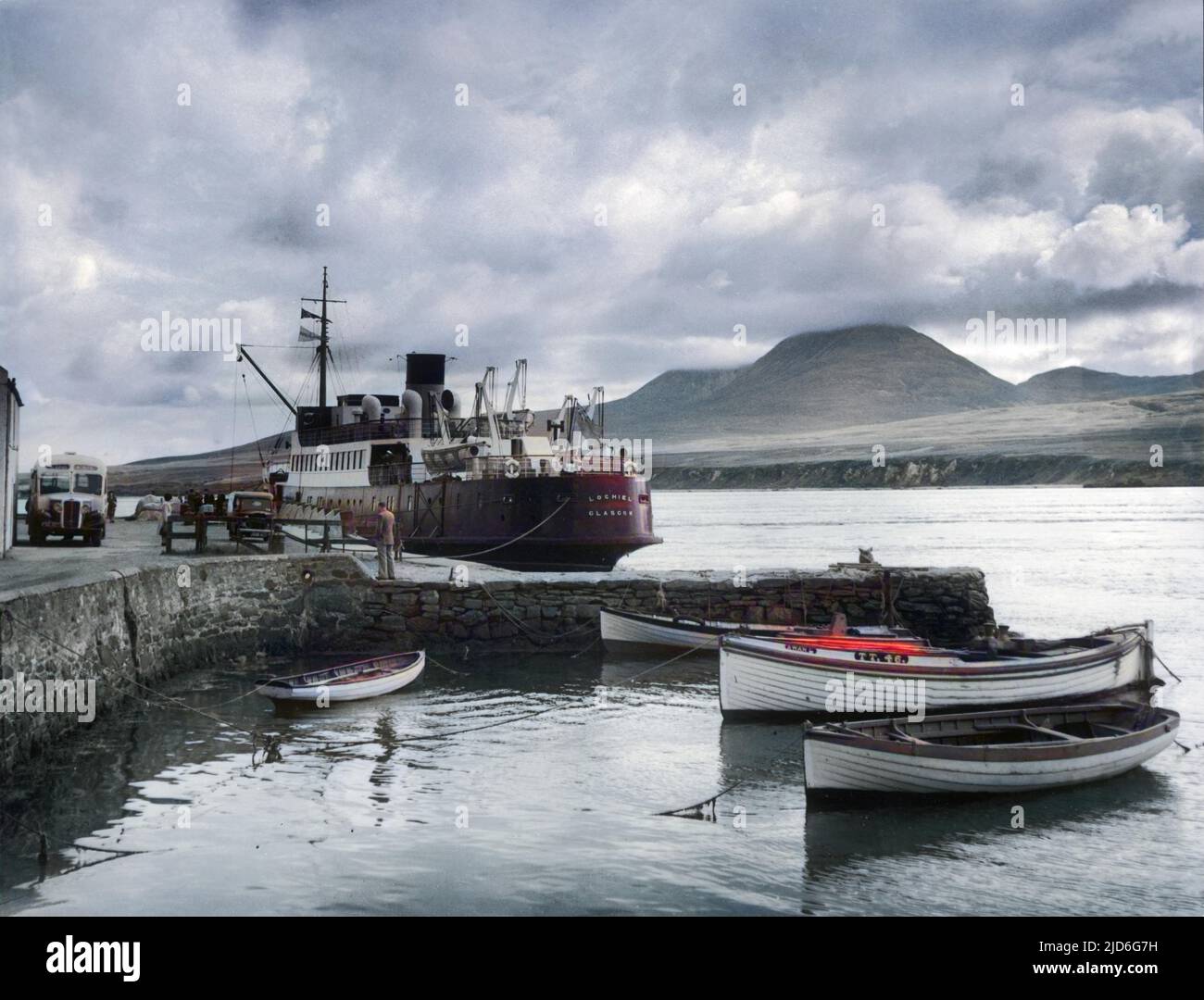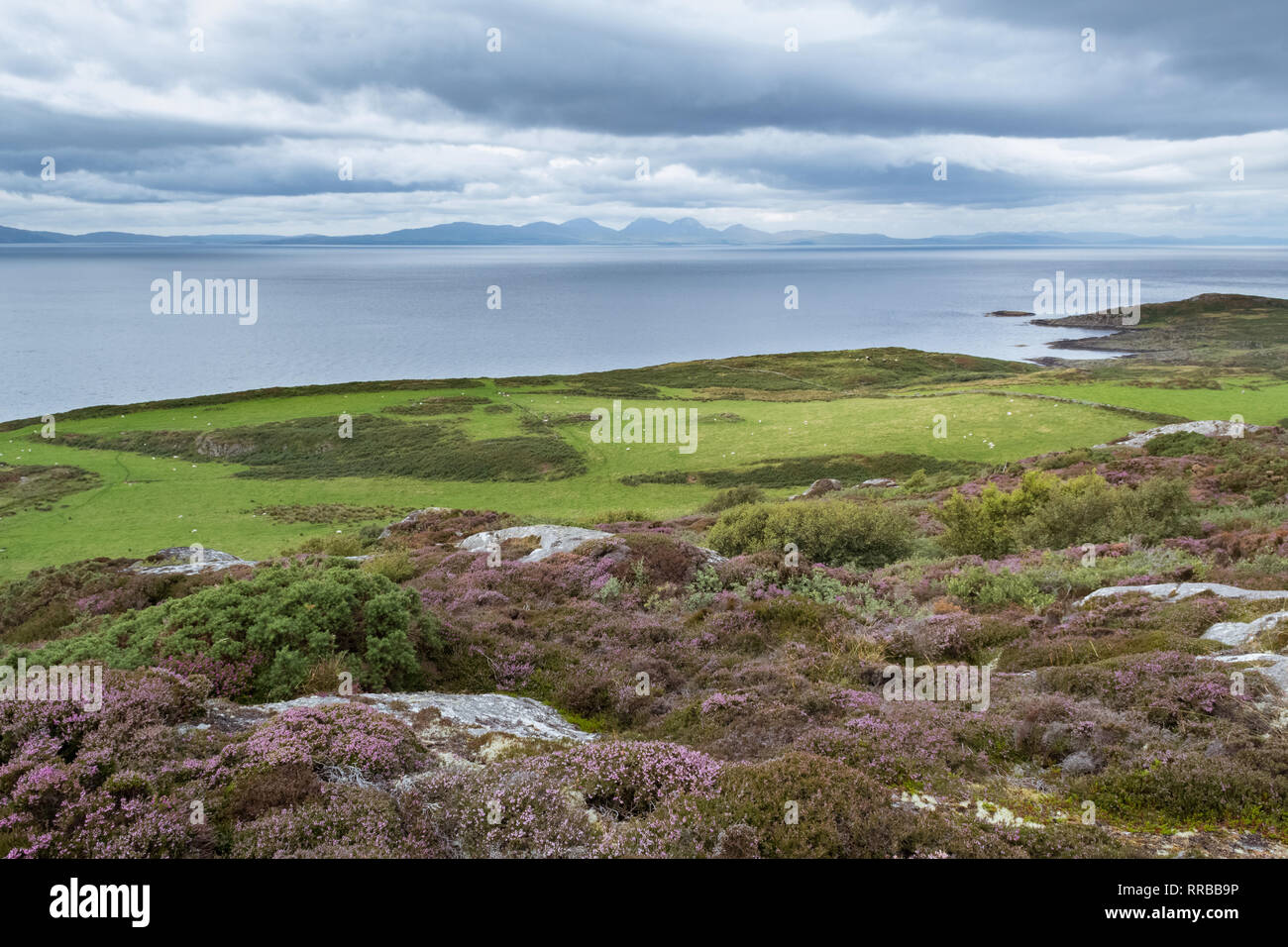
For civil purposes, the county is divided into the districts of Argyll, Cowal, Islay, Cantyre, Lorn, and Mull and is under the jurisdiction of a sheriff-depute, by whom three sheriffs-substitute are appointed, who reside respectively at Inverary, which is the county town, at Campbelltown, and Tobermory.


Since that period, it has constituted the chief part of the synod of Argyll, comprising the presbyteries of Inverary, Dunoon, Cantyre, Islay and Jura, Lorn, and Mull and about fifty parishes. Prior to the Reformation, the county was for centuries the seat of a diocese, the bishop of which resided on the island of Lismore (between the main land and the isle of Mull), where the cathedral church was situated and the jurisdiction extended over all the adjacent islands, including those of Bute and Arran. The family of Campbell, long distinguished as the principal of that extensive and powerful clan, and ancestors of the Dukes of Argyll, for many generations possessed an absolute and sovereign authority over their vassals, who on every occasion rallied round the standard of their chieftain, with all the fidelity of kindred attachment, and tendered the most arduous services with implicit submission to his control. Ossian is said to have been born in the valley of Glencoe and the county, which abounds with numerous localities connected with the achievements of his heroes, still retains, in a very high degree, that spirit of feudal vassalage for which it was for ages pre-eminently remarkable. In the legends of romance, this part of Scotland is celebrated as the principal scene of the exploits of the heroes of the race of Fingal, and as the birthplace of the bard Ossian, whose poems are still the subject of deeply-interesting research among the learned. The county appears to have been occupied at an early period chiefly by the Scots, who, emigrating from the Irish coasts, settled in the peninsula of Cantyre, and after the subjugation of the Picts, and the union of the two kingdoms under Kenneth Mc Alpine, became identified with the general population of the country.

There are 19,207 houses, of which 18,552 are inhabited and a population of 97,371, of whom 47,795 are males, and 49,576 females. lat.), and 4° 15' and 7° 10' (W.long.), and is about 115 miles in extreme length, and about 50 or 60 miles in average breadth comprising an area, including the various islands connected with it, of about 3800 square miles of which, what may be considered as the continent contains about 2735 square miles, or 1,750,400 acres. ARGYLLSHIRE, a maritime county, in the southwest of Scotland, bounded on the north by Inverness-shire on the east by the counties of Inverness, Perth, and Dumbarton and on the south and west by the Firth of Clyde and the Atlantic Ocean.


 0 kommentar(er)
0 kommentar(er)
